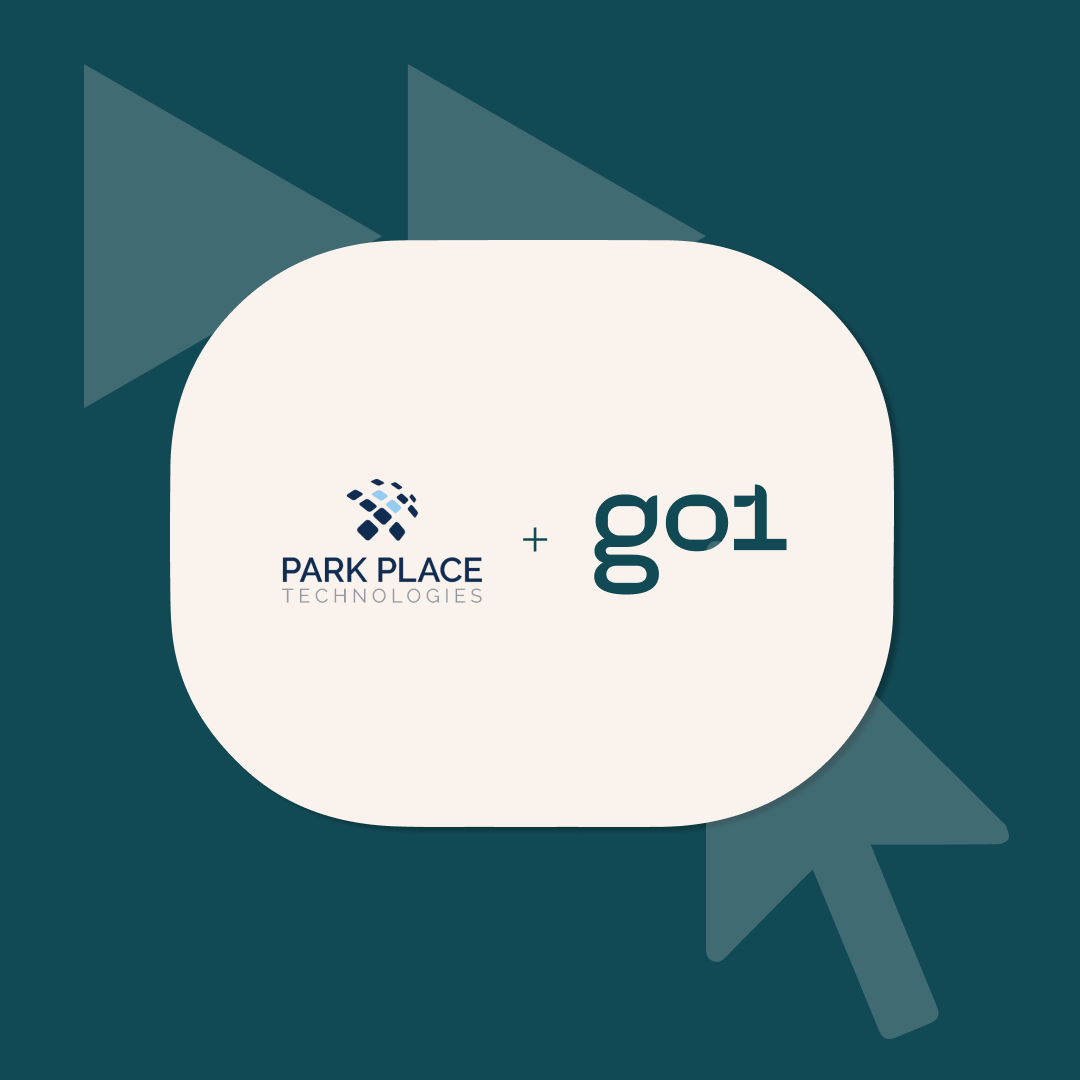
When it’s time to expand your business and you’ve done the hard work of finding yourself the ideal recruit, you might wonder…where to next?
They’ve had a successful interview, their references check out, and they’re happy to accept the salary and conditions of the role. Providing every new team member with an orientation and training schedule is a must-have for any fresh employee to a company, and failure to do so correctly can have serious consequences.
Starting at a new workplace can be daunting enough, so providing your new employees with some basic information and safety guidelines about your company can help ease them into the role a little better. Not only is it beneficial for your new recruit, but it saves you time and headaches in the future if issues ever arise.
Why Is New Employee Orientation and Training So Important?
Although not a legal requirement for all companies, most workplaces offer their new employees a training and orientation day before beginning their new job so they can cover the basics about working for the organization.
This training can cover everything from background information about the company and enter into the more serious territory of occupational health and safety procedures too.
If the statistics are anything to go by, injuries and deaths occurring in the workplace are still alarmingly high. According to the Occupational Safety and Health Administration, 4,836 workers were killed at their workplace or on a work related task in 2015.
That equals more than 13 deaths a day, as a result of a number of different injuries.
Having a plan in place that covers the health and safety information relating to the job and the workplace environment is a must-have for any company.
What Should Be Covered In Your Business’ Orientation and Training Plan?
- How to perform their job, including all tasks and responsibilities required of them;
- A thorough guide on how to use machinery, materials, and other equipment safely and efficiently;
- Work schedules of the organization, including information about meal breaks, start and finish times, and requesting leave;
- Background information on the company such as their history, the mission statement, goals, services, customers, and products they offer;
- All health and safety requirements, including safe procedures for operation and how to report an issue;
- Employee rights and responsibilities, as well as information about the human resources department and how to discuss any issues regarding their employment;
- How to access information such as the intranet, web and email, and the different departments and benefits that might be of use to them.
But, what other benefits are there to the employee and employer?
The Benefits of New Employee Orientation Training Programs
Having an employee training and orientation plan in place at your company might seem like a lot of work and effort, but it’s one of those tasks that will pay off tenfold in the long term.
When considering the benefits of implementing such a program for new recruits, there are benefits to be had by both employees and employers:
- According to a study discussed in Forbes, new employees who receive adequate and well thought out orientation and training are more likely to perform better at their jobs. This study showed that when the orientation focused more on the employee and how their strengths could be of use, this gave them an instant feeling of satisfaction about the workplace.
- When new employees are schooled on everything there is to know about their role, the company, and what’s expected of them, there’s less room for them to make errors. They can also feel more relaxed and comfortable in their role than if they had been thrown in the deep end.
- Having one set training and orientation plan for all new employees can save the company a lot of time and resources in the long run as there’s less chance of a health and safety incident, and less need for employees to ask questions.
With every employee on the same page having received a set training and orientation, a company can be assured that their values and goals have been expressed to all staff so that they can work on building their vision together. Today, most training and orientation is done in a boardroom or other similar classroom setup, but what does the future of employee training look like?
How Workplace Orientation and Training Will Evolve
Just like all other areas of workplace training, the trend for new employee recruitment and orientation is leaning towards the digital sphere. Both employers and their staff can benefit from this mode of teaching, as it not only ensures the staff are retaining information better but saves the company precious time and money on training each staff member individually.
With an e-learning approach to orientation, staff can enjoy an interactive and educational orientation process that they can refer back to at any time of their employment. This type of training means all new employees are receiving the same information, and that it’s kept relevant and up to date. As we look to the future of training and education processes, this digital approach is just the start of what’s to come.




